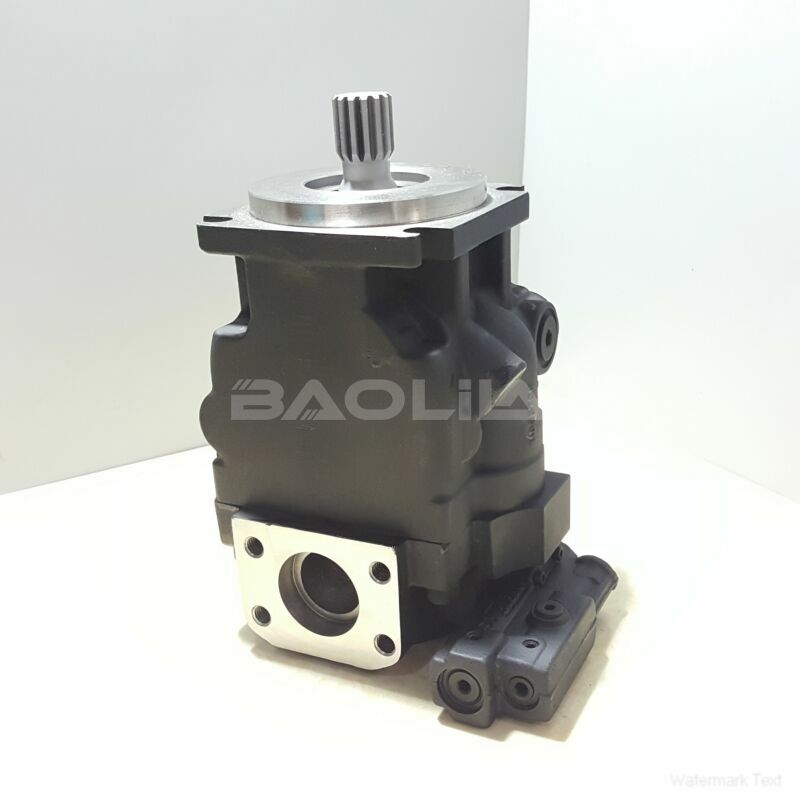JRLS45BRP2520NNN3C3AEA2NNNNJJJNNN hydraulic pump
JRLS45BRP2520NNN3C3AEA2NNNNJJJNNN hydraulic pump

- Product Details
- Applicable Scene
Hydraulic pumps play a critical role in hydraulic circuits by providing the necessary force to move fluid through the system. However, to ensure optimal performance and longevity of hydraulic systems, it is crucial to implement best practices for protecting the hydraulic circuit. This article outlines key strategies for safeguarding hydraulic circuits using hydraulic pumps.
JR-L-S45B-RP-25-20-NN-N-3-C3AE-A2N-NNN-JJJ-NNN
JRLS45BRP2520NNN3C3AEA2NNNNJJJNNN
One of the primary ways to protect hydraulic circuits is through proper pump selection and sizing. Choosing the right pump involves considering the required flow rate, pressure, and the specific characteristics of the hydraulic fluid. An undersized pump may struggle to maintain pressure, leading to cavitation and potential damage, while an oversized pump can generate excess heat and result in system inefficiency.

83025665
Regular maintenance is essential for ensuring the reliability of hydraulic pumps and circuits. This includes routine inspections, checking for leaks, and monitoring fluid levels and conditions. Regular fluid analysis can help identify contamination and degradation of hydraulic fluid, allowing for timely replacements. Keeping components clean is vital to prevent debris from entering the system, which can lead to component wear and system failure.
Incorporating protective devices into hydraulic circuits is another best practice. Pressure relief valves, flow control valves, and filters are critical components that help manage pressure fluctuations and filter out contaminants. These devices not only protect the pump and other components from damage but also enhance the overall efficiency of the hydraulic system.





